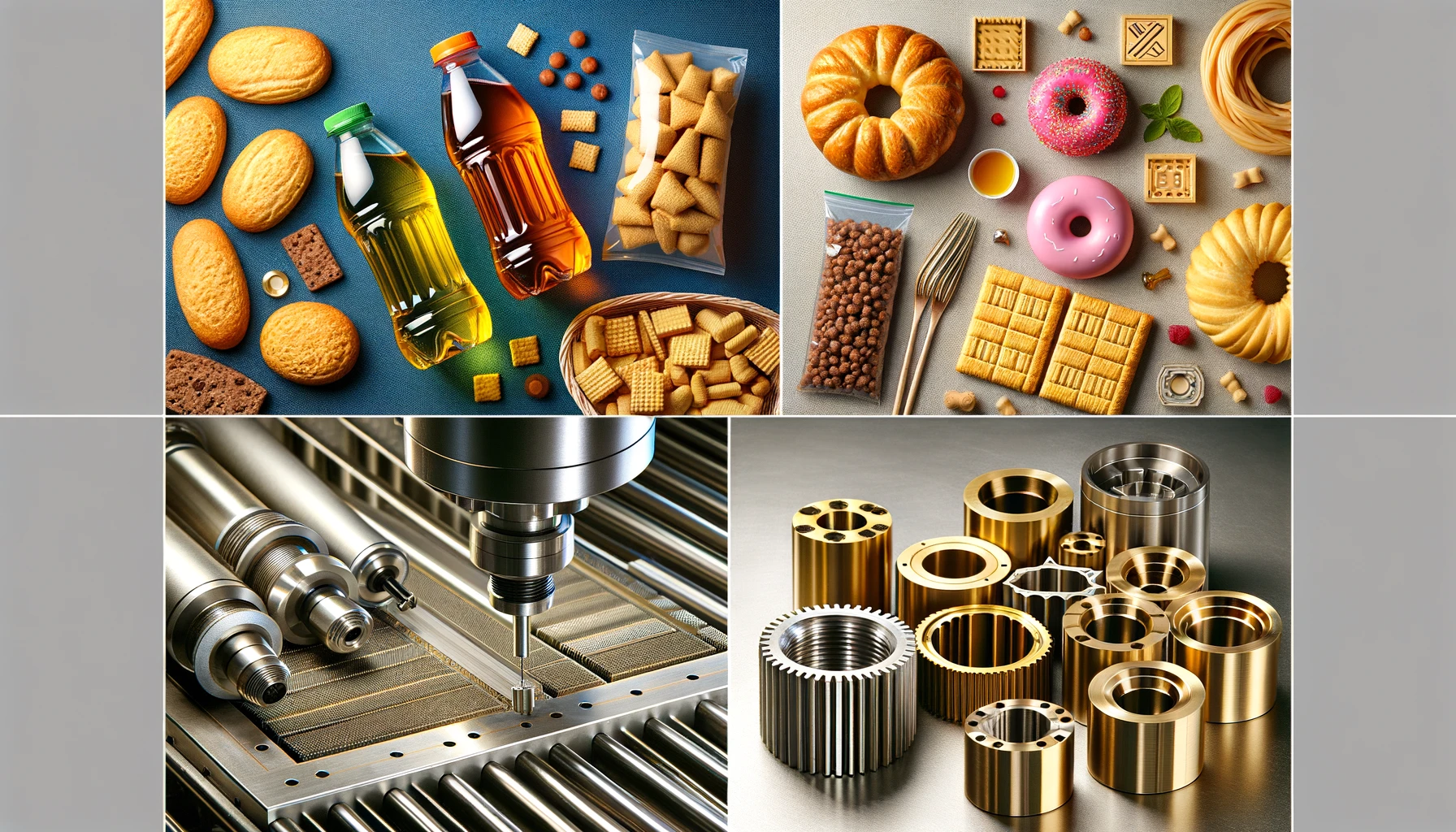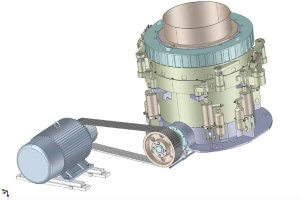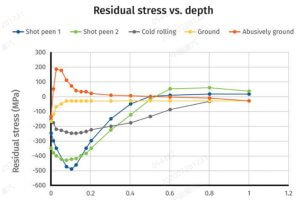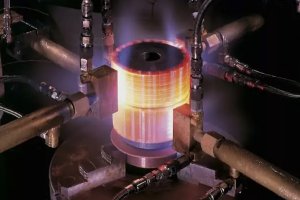Why Choose Brass for CNC Machining in Food Automation?
Brass, with its remarkable machinability and corrosion resistance, stands out as an ideal material for food automation equipment. Used widely in gears, valves, and fittings within food processing machinery, brass not only offers durability but also safety, due to its antimicrobial properties. This introduction sets the stage to explore deeper into why brass is preferred for precision CNC machining, especially within the stringent requirements of the food industry.
China Online CNC Machining Service
What Are the Material Properties of Brass That Favor Its Use in Food Equipment?
Brass’s extensive use in food automation equipment can be attributed to several key properties:
- Corrosion Resistance: Vital for machinery exposed to frequent cleaning and harsh environments.
- High Machinability: Allows for the creation of complex and precise components without extensive wear on tools.
- Non-toxicity: Brass does not leach toxic substances, making it safe for contact with food products.
Data Table: Detailed Properties of Brass for Food Equipment
| Property | Description | Impact on Food Equipment |
|---|---|---|
| Tensile Strength (MPa) | 360 | Ensures durability under stress |
| Melting Point (°C) | 900-940 | Suitable for high-temperature processes |
| Thermal Conductivity (W/mK) | 120 | Promotes even heat distribution |
| Electrical Conductivity (% IACS) | 28 | Useful for electrically powered components |
| Lead Content (%) | Typically <0.25 | Safe for food contact |
| Elastic Modulus (GPa) | 100-125 | Maintains shape under pressure |
| Machinability Score | 90 (Relative to 100 for free-cutting brass) | Indicates ease of CNC machining |
| Corrosion Resistance | High | Resists degradation from cleaning chemicals |
Each of these properties is tailored to meet the high standards required in food production, ensuring that equipment made from brass is reliable, safe, and durable.
How Does Brass Enhance the Durability and Reliability of Food Automation Equipment?
The operational environments in the food industry are notoriously challenging, with high humidity and varying temperatures. Brass’s robustness ensures that machinery components such as valves and sensors operate reliably over long periods.
Case Study:
Consider a large brewery that switched to brass valves from a lower-cost alternative. The brass valves demonstrated significantly reduced wear and tear despite the acidic environment of the brewery, resulting in fewer downtimes and maintenance needs. Over a year, the brewery reported a 20% decrease in maintenance costs associated with valve failures.
What Are the Economic Benefits of Using Brass in CNC Machined Food Equipment?
While the initial cost of brass components may be higher than some alternatives, the long-term savings are substantial. This is due to brass’s longevity and low maintenance needs, which translate into lower lifecycle costs.
Cost Comparison Table: Long-Term Economic Benefits
| Material | Initial Cost | Maintenance Cost Over 5 Years | Total Cost | Cost per Annum |
|---|---|---|---|---|
| Brass | $500 | $50 | $550 | $110 |
| Stainless Steel | $400 | $150 | $550 | $110 |
| Aluminum | $300 | $200 | $500 | $100 |
| Plastic | $200 | $300 | $500 | $100 |
| Steel | $250 | $250 | $500 | $100 |
| Copper | $450 | $100 | $550 | $110 |
| Zinc | $350 | $150 | $500 | $100 |
| Nickel | $600 | $50 | $650 | $130 |
This table reveals that although the initial cost of brass is higher, its maintenance costs are significantly lower, making it a cost-effective option in the long run, especially when considering the critical nature of food processing environments.
How Can Precision CNC Machining Optimize Brass Component Production?
Precision CNC machining plays a crucial role in optimizing the production of brass components used in food automation. The precision inherent in CNC machining allows for the creation of complex and intricate designs that are both efficient and precise, which is vital for components that must meet strict hygiene and operational standards.
Key Benefits of Precision CNC Machining for Brass:
- High Accuracy and Consistency: Ensures that each part is manufactured to exact specifications, which is essential for maintaining the integrity of food processing systems.
- Customization: Allows for the customization of parts according to specific needs without significant cost increases, which is often required in specialized food processing equipment.
- Efficiency: Reduces waste material and energy usage through optimized cutting paths and tooling strategies.
Process Flow:
- Step 1: Design & CAD Modeling – Engineers design the component and create a digital 3D model.
- Step 2: CNC Programming – The model is converted into a program that the CNC machine can execute.
- Step 3: Setup – The machine is set up with the correct tools and materials.
- Step 4: Machining – The CNC machine precisely cuts the brass according to the program.
- Step 5: Inspection – Finished parts are inspected for quality and accuracy.
This flow would visually depict each step in the production process, emphasizing how precision machining integrates into the broader manufacturing workflow.
What Challenges Are Faced When Machining Brass for Food Automation Equipment?
While brass is advantageous for use in food automation due to its properties, machining this material presents specific challenges that must be carefully managed to maintain the quality and efficiency of production.
Common Machining Challenges:
- Galling and Sticking: Due to its softness, brass can sometimes stick to cutting tools, leading to potential defects.
- Surface Finish Requirements: Achieving the smooth and clean surfaces required for food contact parts often necessitates fine-tuning of machining parameters.
- Tool Wear: Although brass is generally easier to machine, its relative softness can lead to increased tool wear under certain conditions.
Technical Solutions:
- Optimized Cutting Conditions: Using appropriate cutting speeds, feeds, and lubricants to prevent sticking and extend tool life.
- Advanced Tooling: Employing coated tools or those made from harder materials to reduce wear and improve finish quality.
Case Studies: Successful Implementations of Brass in Food Automation Machinery
To illustrate the practical benefits of using brass in food automation machinery, this section delves into several case studies where brass components have significantly improved machinery performance and reliability.
Example Case Studies:
- Beverage Dispensing Systems: A manufacturer of beverage dispensers used brass valves to enhance the longevity and hygiene of their machines, leading to a 30% reduction in service calls.
- Dairy Processing Equipment: A dairy equipment manufacturer switched to brass fittings from stainless steel, citing improved corrosion resistance and reduced bacterial growth, which resulted in a 25% decrease in maintenance costs.
Performance Data:
| Equipment Type | Material Used | Improvement Noted | Cost Saving |
|---|---|---|---|
| Beverage Dispensers | Brass | 30% fewer service calls | 20% cost saving in maintenance |
| Dairy Processing | Brass | 25% reduction in bacterial contamination | 25% decrease in maintenance costs |
Other Articles You Might Enjoy
- What CNC Machining Techniques Are Best for Aluminum Parts in Food Automation?
Introduction to CNC Machining of Aluminum for Food Automation In the realm of food automation, precision and reliability are paramount. Aluminum parts play a critical role due to their resilience…
- What Makes Chinese CNC Machining Ideal for Producing Food Automation Machinery Shafts
Introduction to CNC Machining in China China's prowess in manufacturing has grown significantly, with CNC machining at the forefront of its industrial capabilities. CNC (Computer Numerical Control) machining is a…
- Precision CNC Machining of Steel: High-Volume Production
Precision CNC Machining and High-Volume Production As an integral part of modern manufacturing processes, Precision Computer Numerical Control (CNC) machining brings about unmatched accuracy and consistency in the production of…
- How Does China CNC Machining Service Address the Challenges of Specialty Alloys in Food Automation Machinery?
Introduction to CNC Machining and Specialty Alloys CNC (Computer Numerical Control) machining stands as a cornerstone in modern manufacturing, offering unparalleled precision and efficiency. In China, where manufacturing capabilities are…
- How Does the Use of CNC Machining Parts in Molds Improve the Performance of Food Automation Machinery?
Introduction CNC (Computer Numerical Control) machining has revolutionized the manufacturing world with its precision and versatility, especially in producing complex parts for various industries. In the realm of food automation…
- Material Versatility in CNC Machining: From Titanium to Thermoplastics
Introduction to CNC Machining CNC machining stands as a cornerstone in the manufacturing sector, enabling the precise creation of parts and components. This process utilizes computer numerical control (CNC) to…









